AL Amyloidosis
I See AL amyloidosis
Welcome to I See AL amyloidosis, a dedicated resource to help healthcare practitioners find the latest information about the signs, symptoms and diagnosis of AL amyloidosis.
What is AL amyloidosis?
AL amyloidosis is a rare and fatal disease characterised by misfolded proteins that produce abnormal light chains.[1] These chains may form amyloid fibrils, which aggregate and deposit in multiple vital organs.[2]
Impact on multiple organs[2]


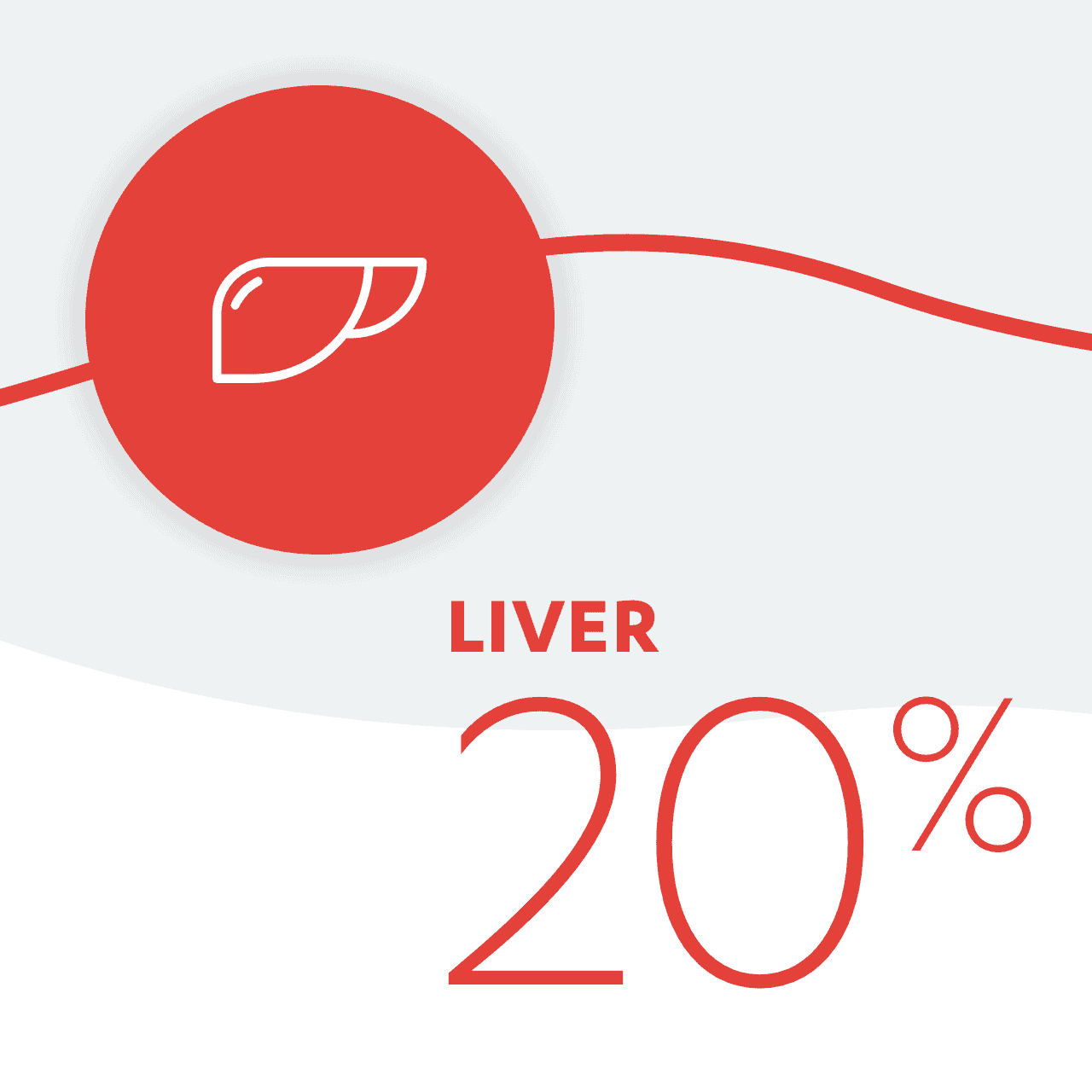
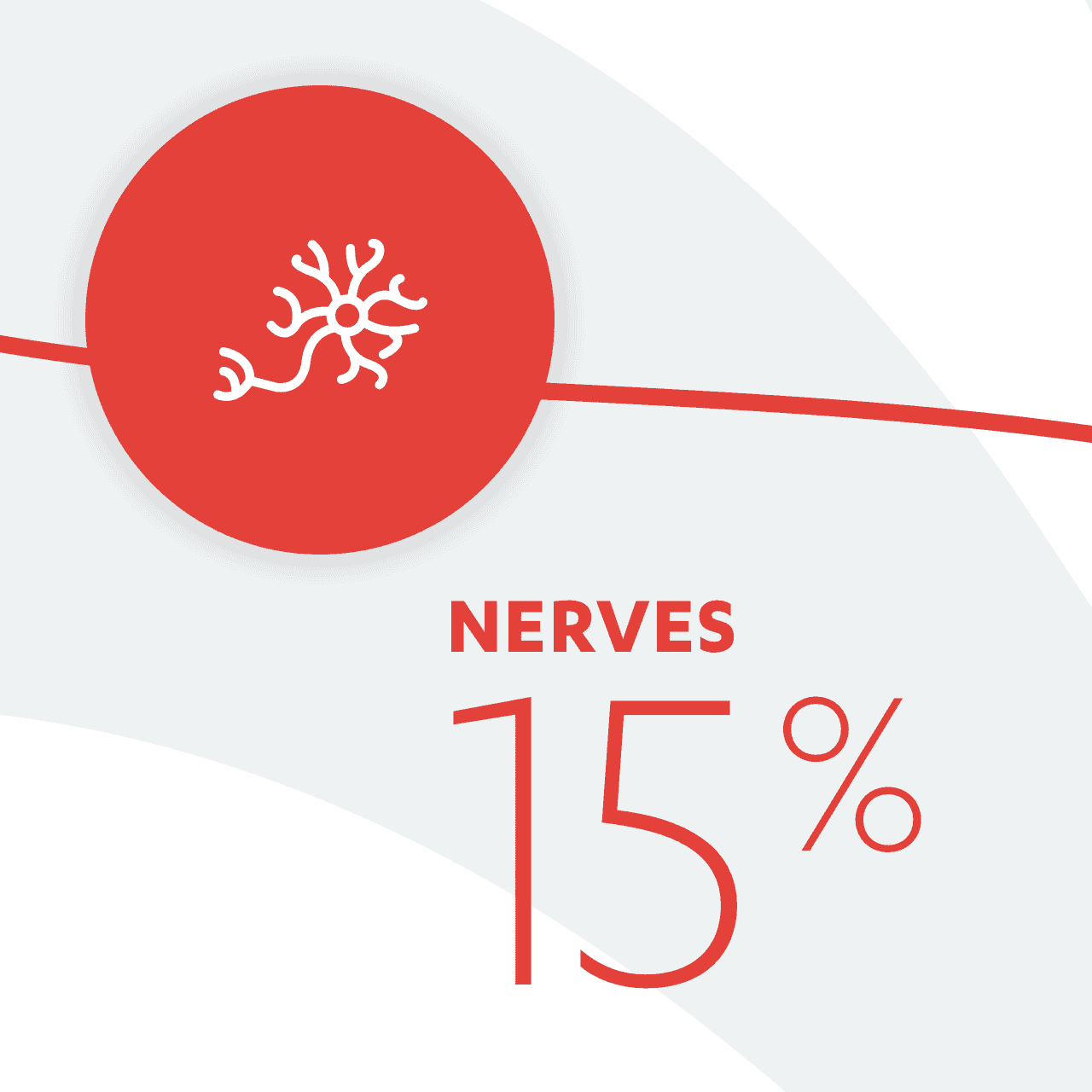
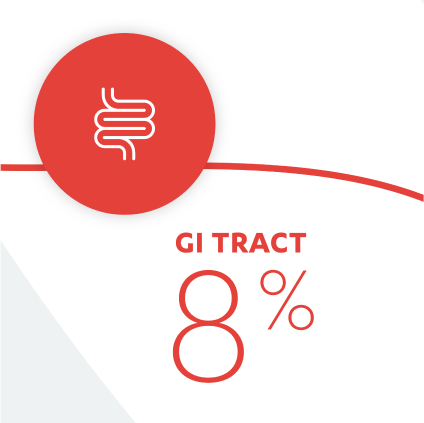
AL amyloidosis is also clinically evident in soft tissues in 17% of cases.[2]
Background
AL amyloidosis impacts the lives of tens of thousands of patients each year.[3] It is not easy to identify. Improved disease awareness is one of the critical components of achieving earlier diagnosis and improved prognosis.[1][3]

Patients present with a range of symptoms. Proper diagnosis commonly takes ≥1 year after initial presentation.[3]
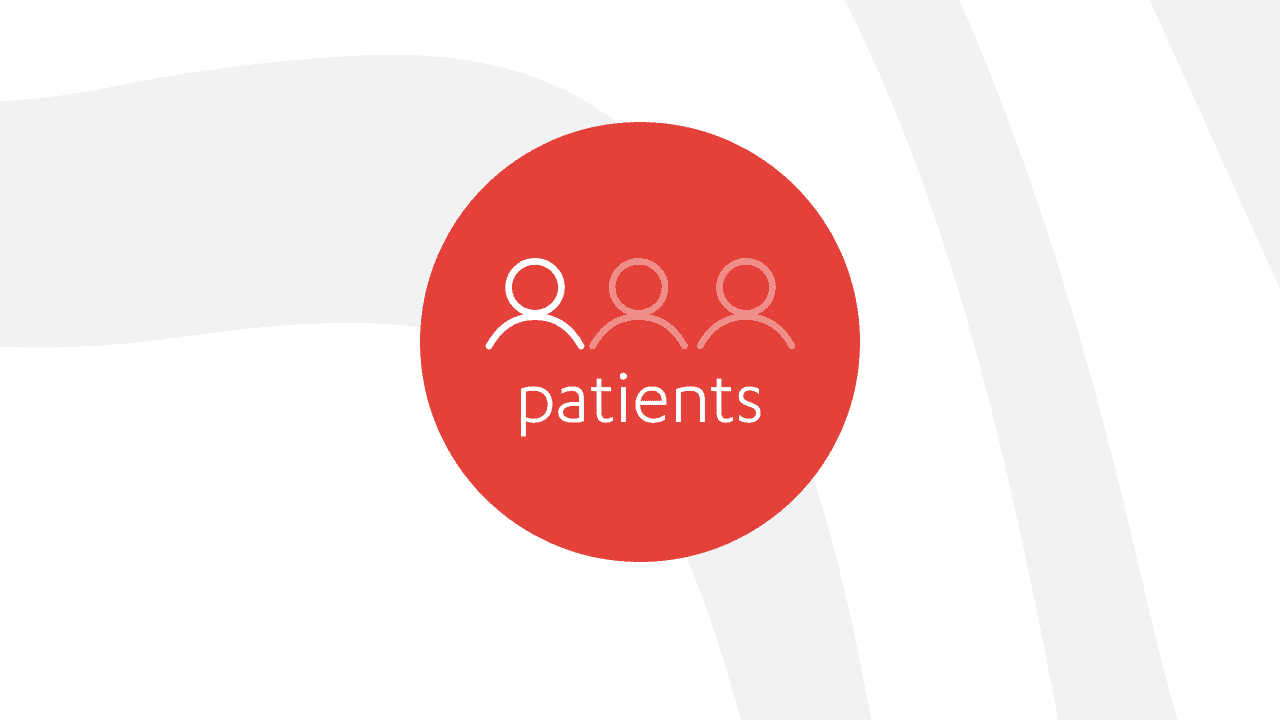
One third of patients may visit ≥5 different physicians before diagnosis.[3]
AL AMYLOIDOSIS IS A LIFE-THREATENING DISEASE, AND A DELAYED DIAGNOSIS IS DIRECTLY LINKED TO POORER OUTCOMES[1][2][3]
Early diagnosis may lead to improved prognosis[1]
Once suspected, AL amyloidosis can be diagnosed. Diagnosis starts with awareness and requires collaboration across specialties. When healthcare professionals recognise the symptoms better and work together, they can impact outcomes in AL amyloidosis.
Currently the consensus is to treat patients with plasma cell–directed therapies, with the goal of reducing light-chain production that can help preserve organ function and ultimately improve prognosis.[1][3][4][5]
Watch the expert video
Dr Vaishali Sanchorawala (haematology/oncology) and Dr Omar Siddiqi (cardiology) highlight the need to recognise the symptoms of AL amyloidosis early.
Learn about recognising the specific symptoms of AL amyloidosis depending on your specialty
Other blood cancer conditions
Up-to-date information around identifying, diagnosing and treating WM.
Current advice regarding the diagnosis and treatment of MCL.
Most recent guidance into diagnosing and treating acute myeloid leukaemia.
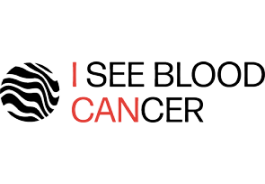
A dedicated online resource for healthcare professionals to learn about the diagnosis and management of rare haematological malignancies: AL amyloidosis, Waldenström's macroglobulinemia, mantle cell lymphoma and acute myeloid leukaemia.
Download this information on AL amyloidosis
